Senzory pohybu jsou stále populárnější v oblastech zabezpečení domácnosti, úspory energie a automatizace. Mohou být použity pro poplašné zařízení proti vloupání nebo bezpečnostní kamery a naprogramovány tak, aby fungovaly při detekci pohybu v oblasti. Mohou také vypnout světla v domácnosti nebo komerční budově, když senzor již nezaznamená pohyb v uzavřeném prostoru, což se hojně využívá v kancelářích, kuchyních a koupelnách pro úsporu energie a automatizaci osvětlení.
Obsah
Senzory pohybu jsou k dispozici v mnoha různých formách. Mohou být samostatně stojící, které se montují na stěnu a připojené k vašemu osvětlení, nebo mohou být tak malé, že již byly integrovány do bezpečnostní kamery, které si nelze snadno všimnout. Co je tedy přesně snímač pohybu?
Co je snímač pohybu
Snímač pohybu je elektronické zařízení, které v podstatě využívá senzor k detekci blízkých pohybujících se objektů, především osob. Odtud název snímač pohybu. Samotný snímač pohybu je obvykle malé zařízení, které je obvykle zabudováno do jiných zařízení jako součást zajišťující funkce detekce pohybu.
Například při integraci do bezpečnostní kamery umožňuje bezpečnostní kameře upozornit uživatele, když vidí podezřelou osobu vstupující do vyhrazeného prostoru. Nebo může automaticky ovládat světlo, které se zapne a vypne jako světlo aktivované pohybem, když je zabudováno do běžného svítidla. Všechny tyto produkty mají zabudovaný snímač pohybu, který poskytuje funkci komplexní detekce pohybu.
Snímače pohybu lze vyrobit i jako samostatná zařízení. Tuto jednotku pohybového čidla můžete připojit k jinému zařízení, které není vybaveno vestavěným pohybovým čidlem. V takovém případě můžete snadno proměnit běžné elektronické zařízení v zařízení aktivované pohybem.

Některé z běžných příkladů jsou detektory pohybu a spínače se snímačem pohybu. Stávající světlo můžete například přeměnit na světlo se snímačem pohybu pouhou výměnou vypínače za vypínač se snímačem pohybu, aniž byste museli světlo dále upravovat. Nebo můžete namontovat detektor pohybu na stěnu a připojte se ke světlu pomocí kabelu nebo bezdrátově, takže jakmile vás samostatný detektor "uvidí", spustí světlo.
Možná máte zájem o
Vzhledem ke svému použití a formě se samostatný snímač pohybu nazývá také detektor pohybu. Naproti tomu vestavěný snímač pohybu, který funguje jako důležitá součást pro zajištění funkce snímání a řízení pohybu, se nazývá přímo snímač pohybu. Celkově se většinou jedná o stejný pojem nebo výrobek.
Snímač pohybu vs. snímač přítomnosti
Častým nedorozuměním je pojem vztah a použití mezi snímačem pohybu a snímačem přítomnosti., protože jsou si velmi podobné a neustále se zneužívají. Senzory pohybu a senzory přítomnosti se mohou v některých případech značně lišit. V jiných případech se však také značně překrývají a sdílejí podobnou technologii a použití.
- A snímač pohybu, jak bylo popsáno výše, je senzor, který detekuje signály pohybu. Objekt nebo osoby se musí neustále pohybovat, aby je snímač pohybu detekoval.
- . snímač přítomnosti je zařízení, které detekuje existenci osoby. Jak již název napovídá, zjišťuje, zda je prostor obsazen lidmi, či nikoli.
Z definic čidla pohybu a čidla přítomnosti můžeme říci, že jsou si docela podobná a plní podobné úkoly. A ve skutečnosti je také pravda, že většinou sdílejí stejnou technologii detekce, jako je PIR, mikrovlnná nebo ultrazvuková senzorová technologie. Mají však několik hlavních rozdílů.
Snímač pohybu je schopen detekovat pouze pohybující se objekt/osobu. Řekněme, že máme např. světelný senzor pohybu a senzor monitoruje místnost. Když vstoupíme do místnosti, snadno rozpozná signál pohybu (vejdeme do místnosti) a rozsvítí nám světlo. Pokud se v místnosti stále pohybujeme, například máme v místnosti schůzku, světlo s pohybovým čidlem je stále schopno nás tu a tam detekovat a světlo udržovat rozsvícené. Pokud však v místnosti zůstaneme nehybně stát bez pohybu, řekněme, že jen sedíme na židli a nic neděláme. I když jsme stále v místnosti, snímač pohybu nás není schopen detekovat, protože nemůže najít žádné signály pohybu. Proto vypne světlo. Dokud nebudeme potřebovat vstát a opustit místnost nebo jednoduše mávnout rukou směrem k senzoru, je nyní schopen detekovat náš pohyb a světlo opět zapnout.

V porovnání se snímačem pohybu zjišťuje snímač přítomnosti, zda je prostor obsazen lidmi. K detekci osob není třeba, aby byly v pohybu. Názorným příkladem je snímač přítomnosti, který se hojně používá v nemocnicích a který zjišťuje, zda je pacient v posteli, či nikoli. Je to jednoduše tlaková podložka nad lůžkem, která detekuje váhové zatížení lůžka. Pokud pacient opustí lůžko, snímač obsazenosti pozná, že lůžko není obsazeno, a upozorní na to sestry. Dokud je pacient na lůžku, snímač obsazenosti dokáže podle hmotnosti zjistit jeho přítomnost. Pacient se nemusí pohybovat, aby byl detekován, například když spí.
Inspirujte se portfoliem pohybových senzorů Rayzeek.
Nenašli jste to, co jste chtěli? Nebojte se. Vždy existují alternativní způsoby řešení vašich problémů. Možná vám pomůže některé z našich portfolií.
Rozdíl a podobnost
Dva výše uvedené příklady jasně ukazují, že snímač pohybu a snímač přítomnosti mají dvě různé koncepce a jedná se o dva zcela odlišné produkty. Ve většině průmyslových odvětví však sémanticky označují totéž a často se používají zaměnitelně.
Hledáte řešení úspory energie aktivované pohybem?
Obraťte se na nás pro kompletní PIR senzory pohybu, produkty pro úsporu energie aktivované pohybem, spínače se senzorem pohybu a komerční řešení pro detekci přítomnosti/volnosti.
Ve většině reálných aplikací, například v oblasti automatizace domácnosti a řízení osvětlení, se často používá zaměnitelné označení čidla pohybu a čidla přítomnosti, které označuje totéž, protože detekované objekty se současně pohybují a zabírají prostor. A používají stejné technologie detekce pohybu; většinou se k detekci pohybu nebo přítomnosti osob používá PIR čidlo. Navíc termín obsazenost označuje také pracovní režim světel.

Zatímco v bezpečnostních odvětvích, například v aplikacích pro sledování bezpečnostních kamer a bezpečnostních alarmů, používáme pouze snímač pohybu, který odhalí podezřelého zloděje, jakmile se objeví. Senzory přítomnosti se zde nepoužívají, protože to nedává takový smysl a více než přítomnost narušitele nás zajímá signál pohybu. Jakmile se tedy stane něco neobvyklého, dostaneme od bezpečnostního systému upozornění.
V systémech IoT a dalších obecných scénářích lze pro specifickou detekci současně použít jak snímače pohybu, tak snímače přítomnosti. V chytré budově používáme snímače pohybu k detekci osob vstupujících do budovy a vystupujících z ní a snímače obsazenosti stolů k detekci využití stolů a k efektivní správě rezervací stolů. V moderních nemocnicích potřebujeme čidla pohybu i obsazenosti vhodně umístit téměř všude, abychom předešli případným nehodám nebo zraněním.

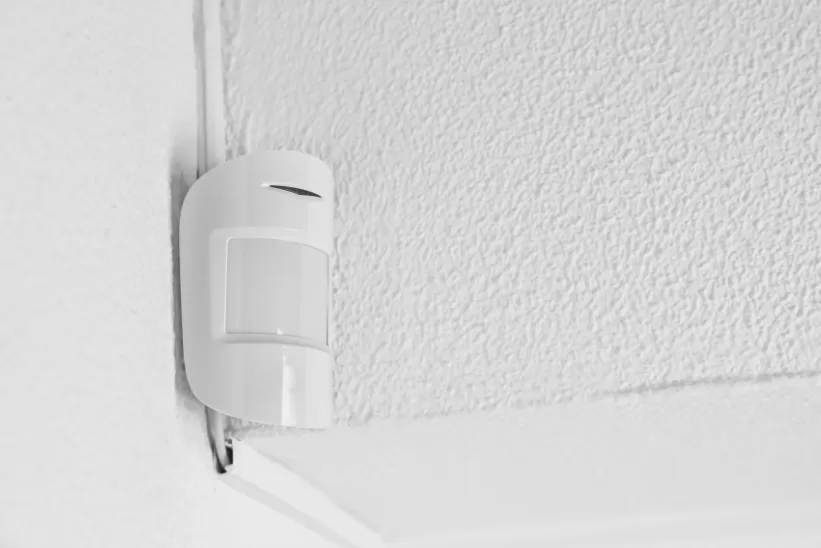
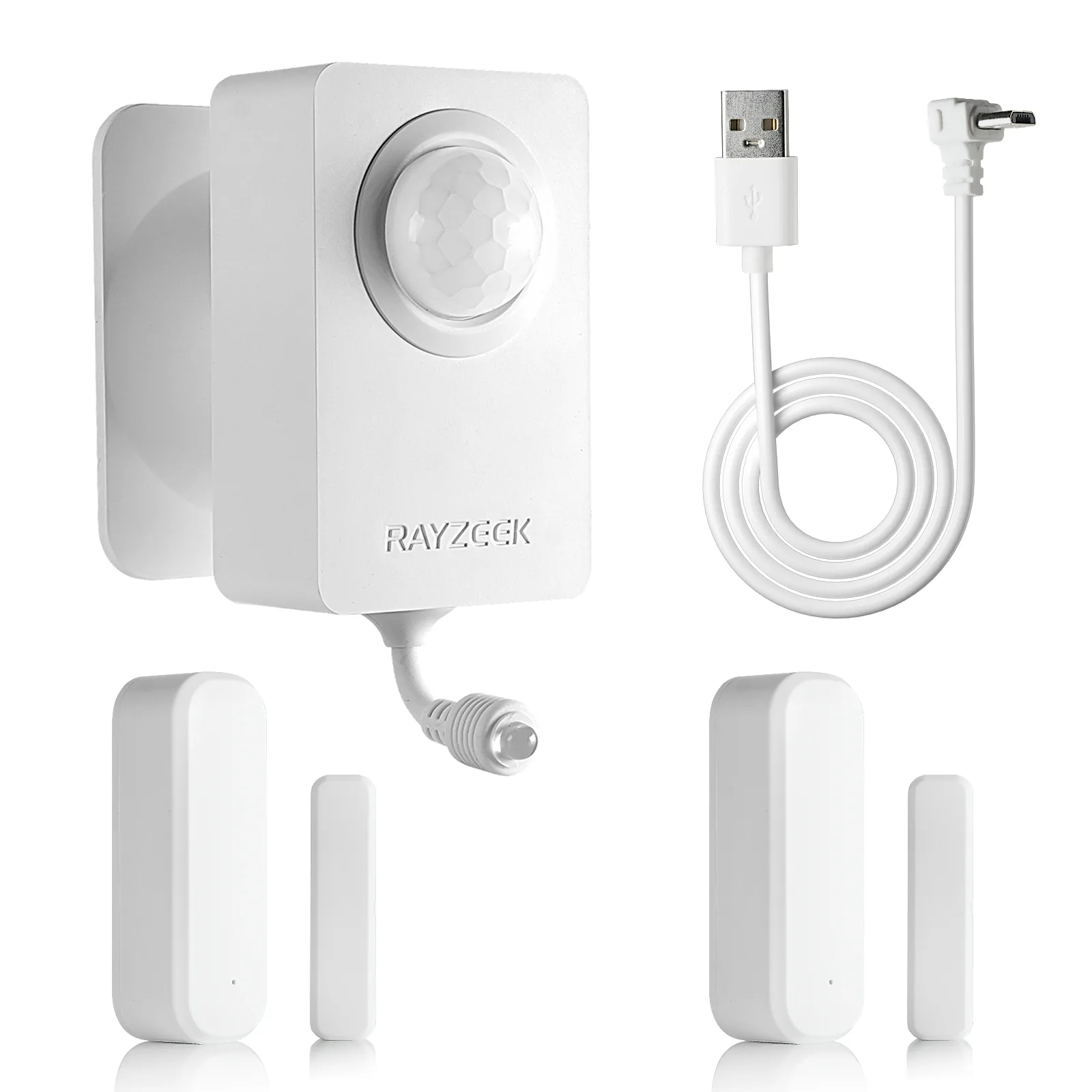
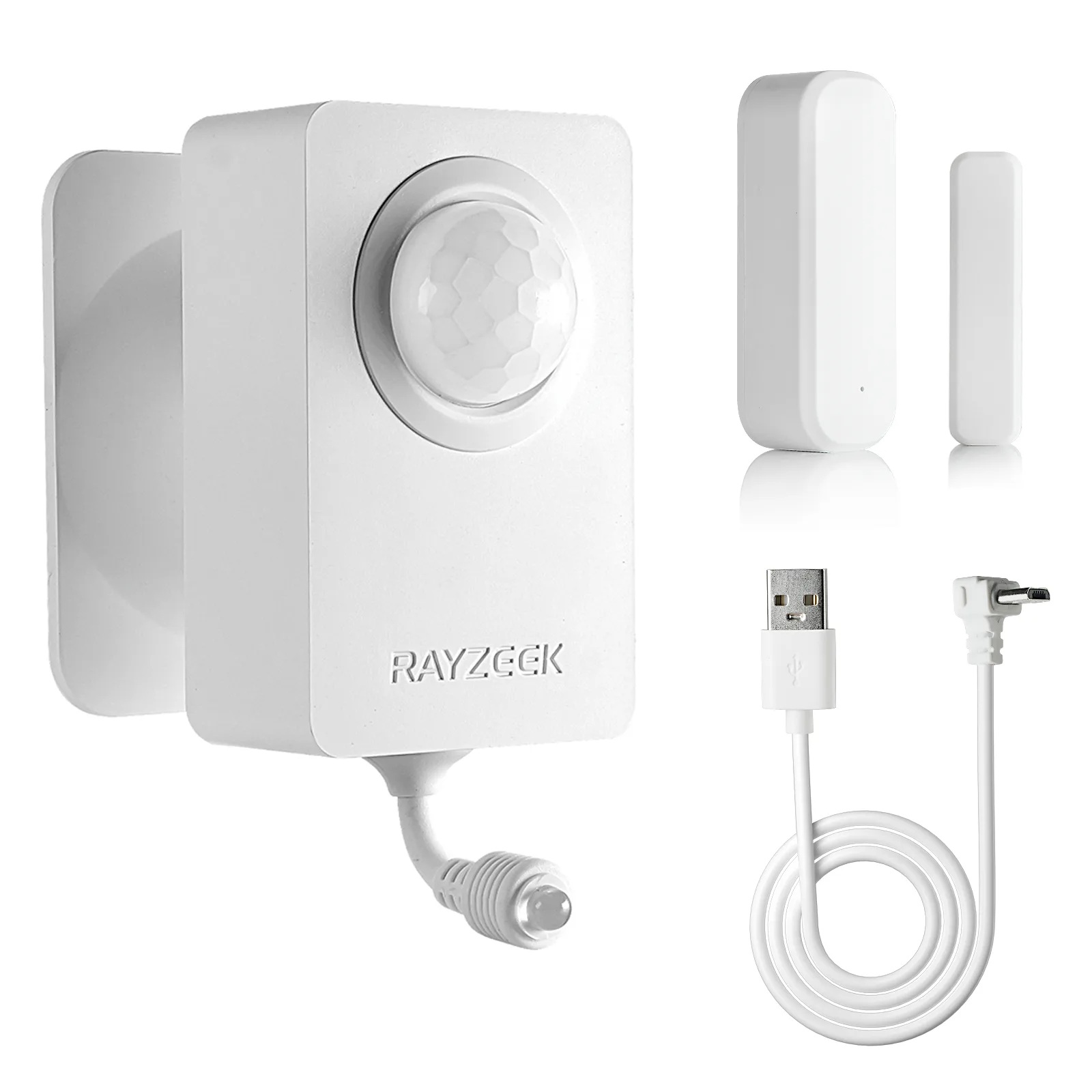
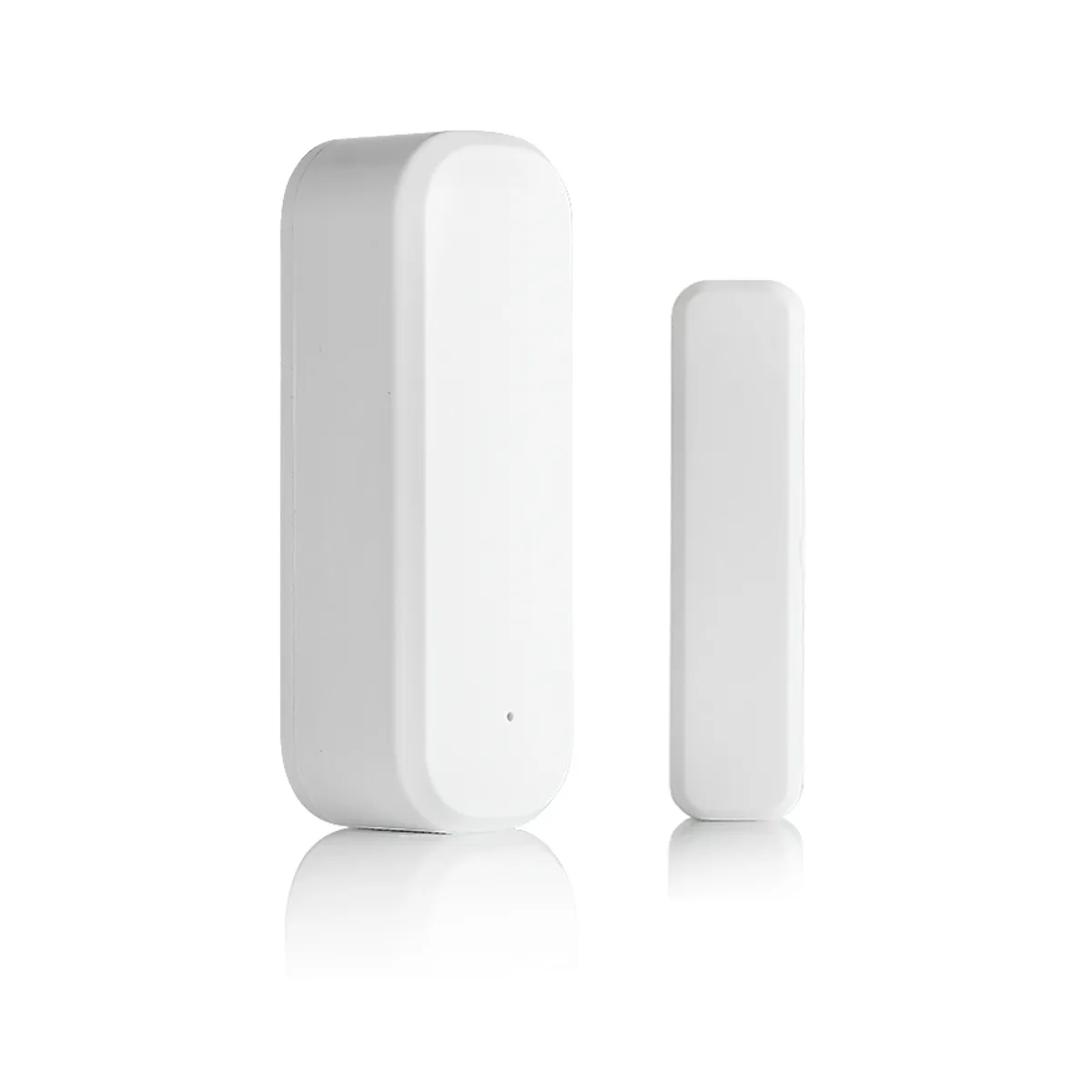
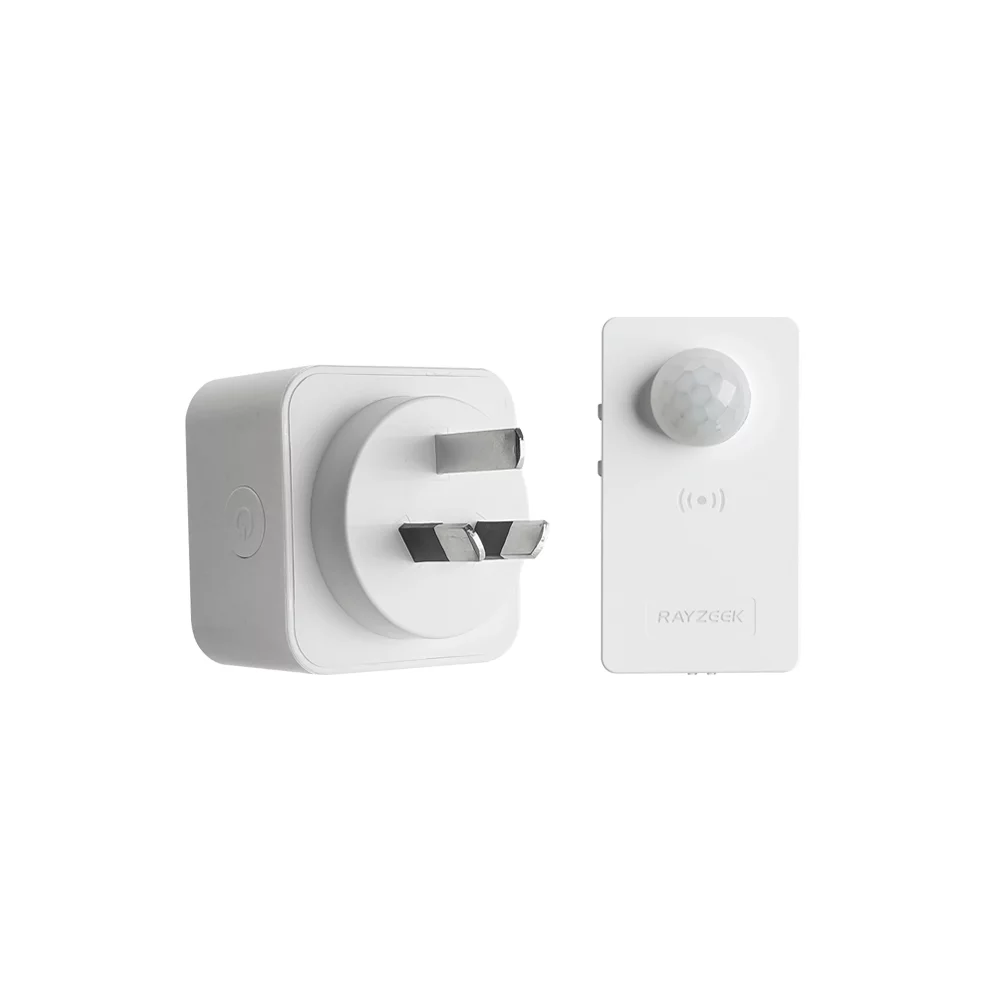
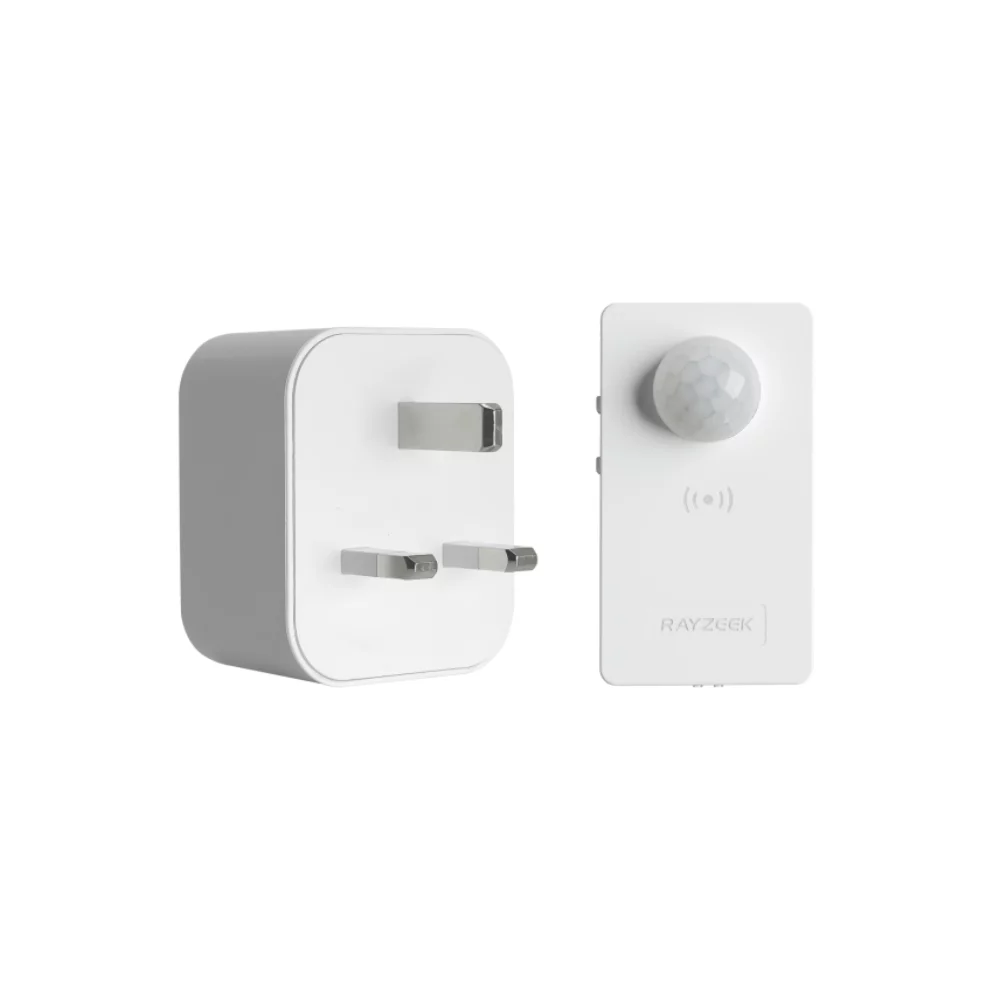
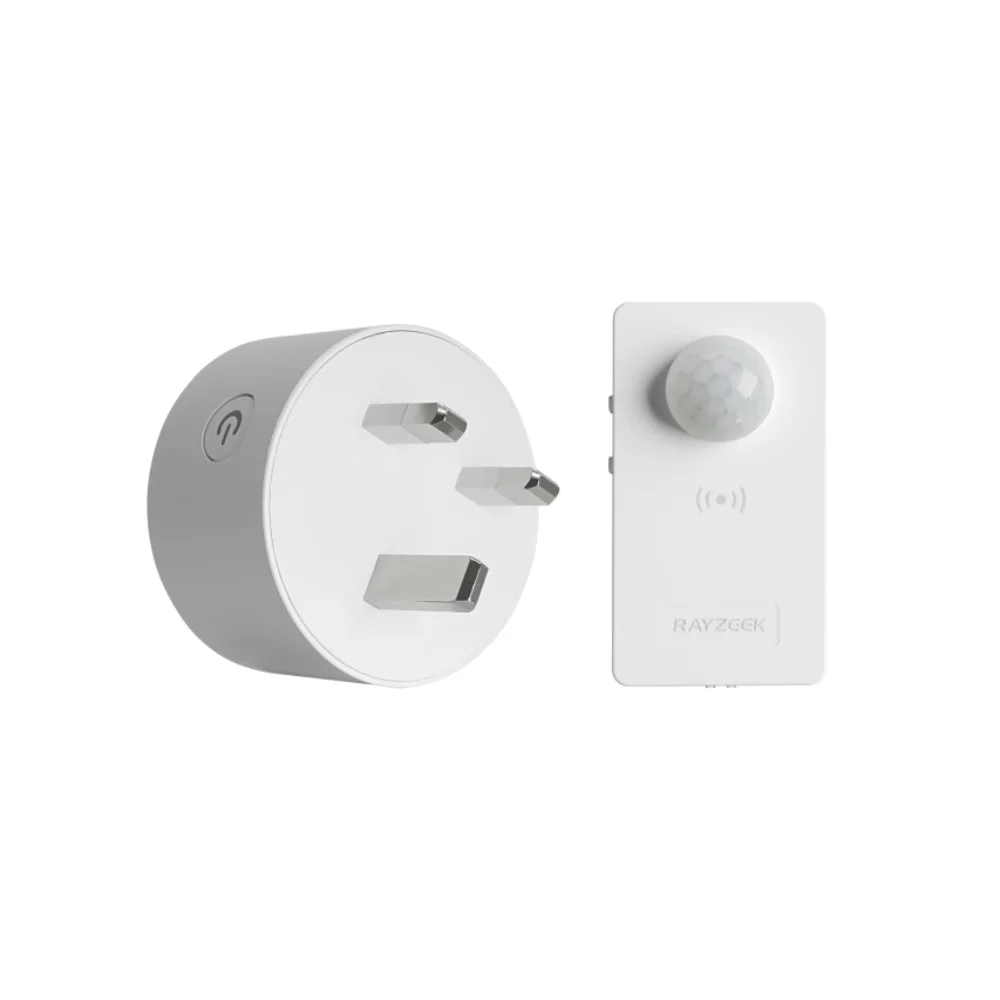
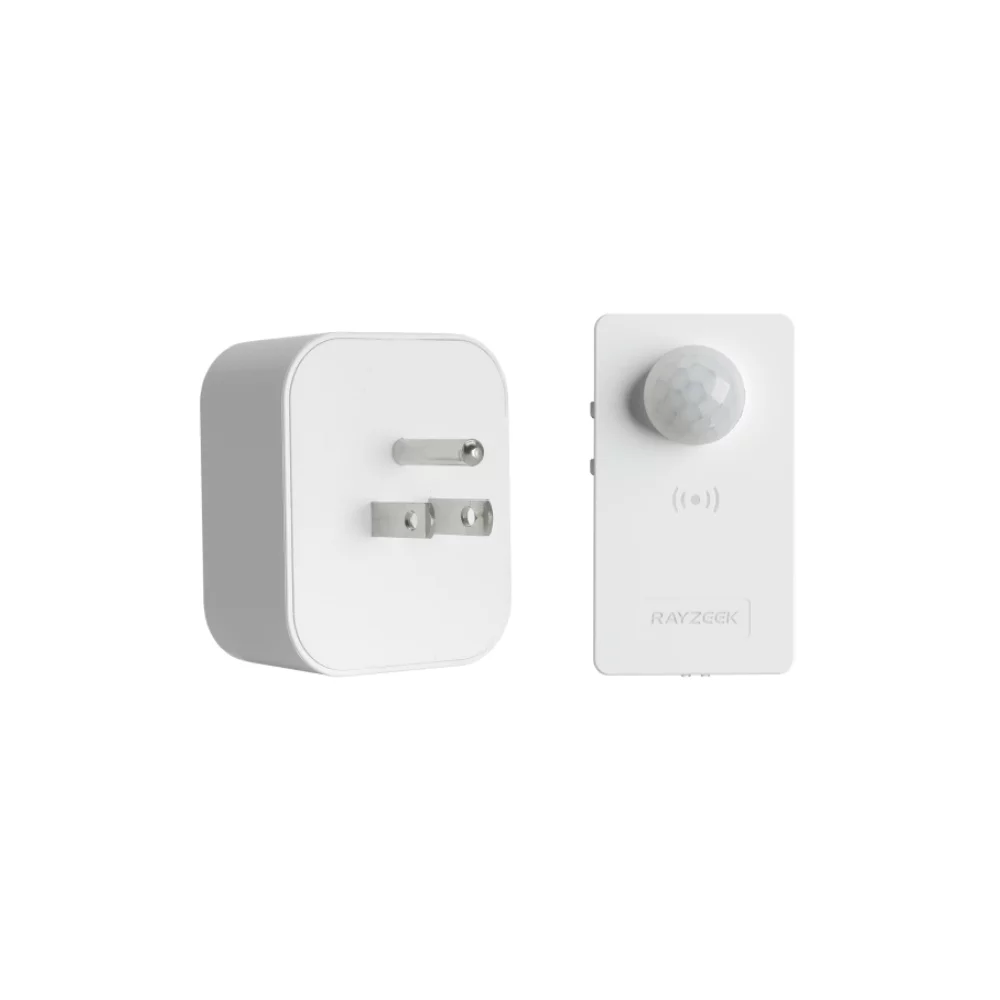
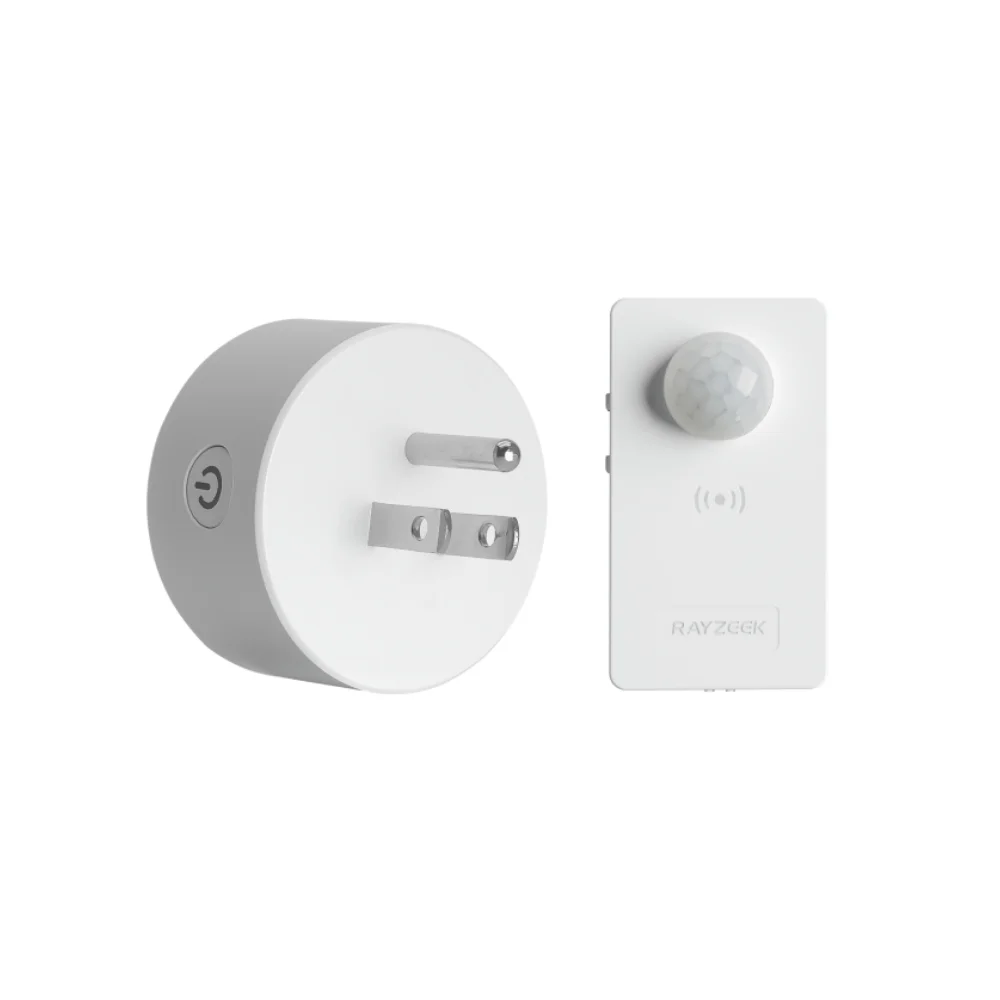
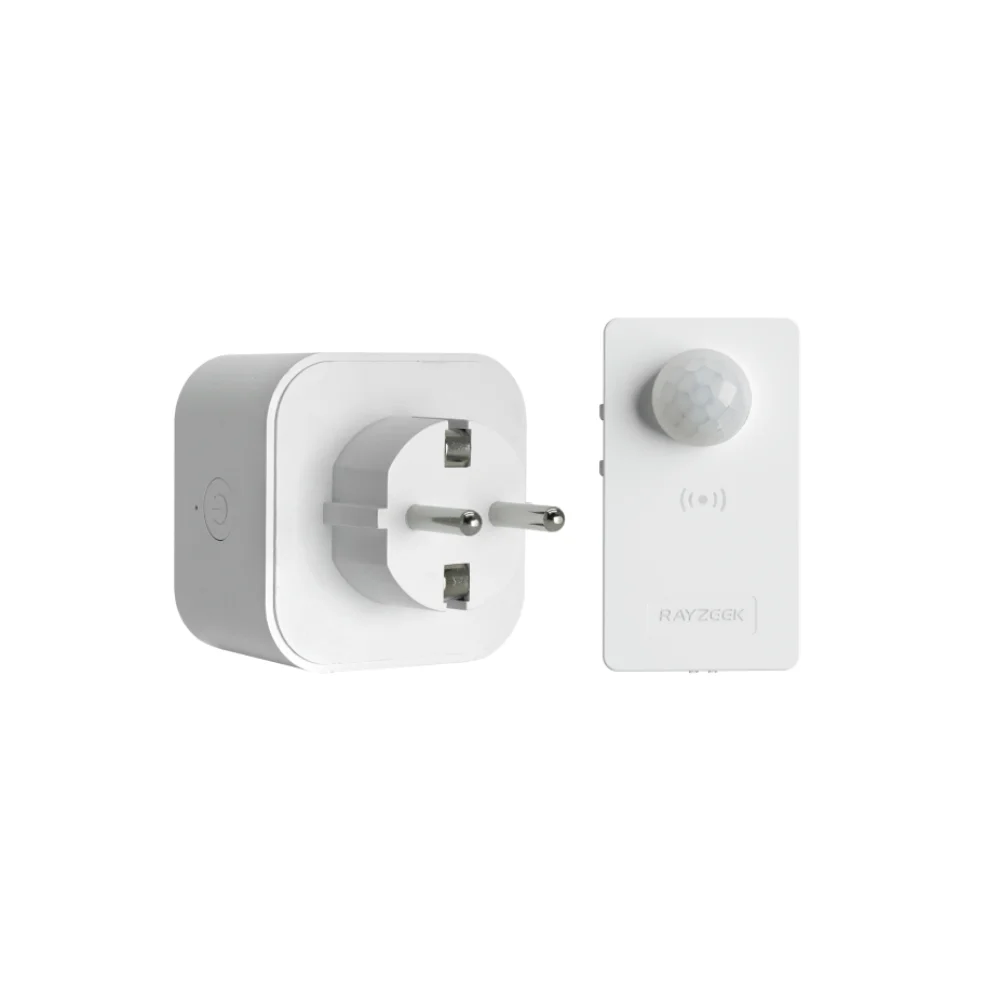
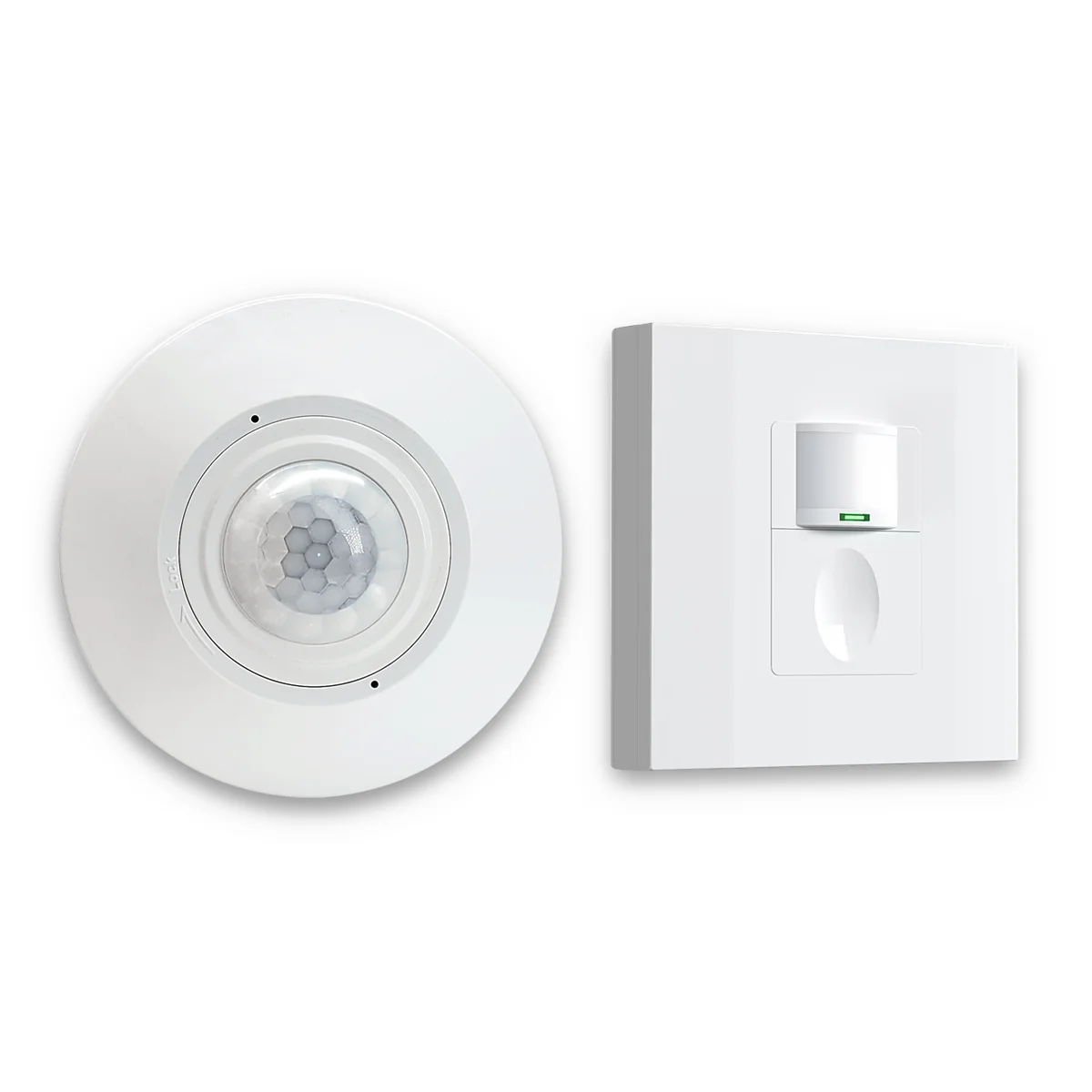
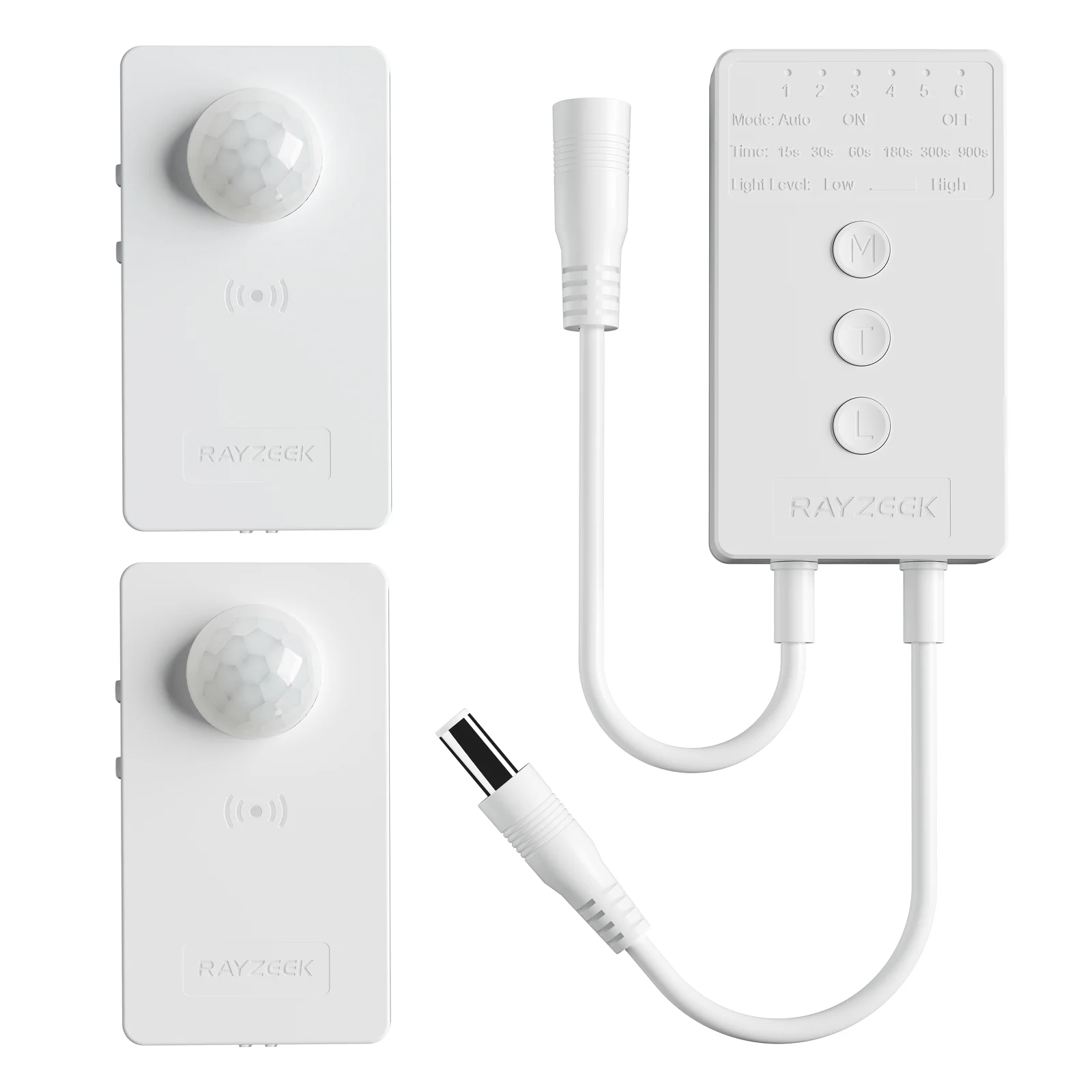
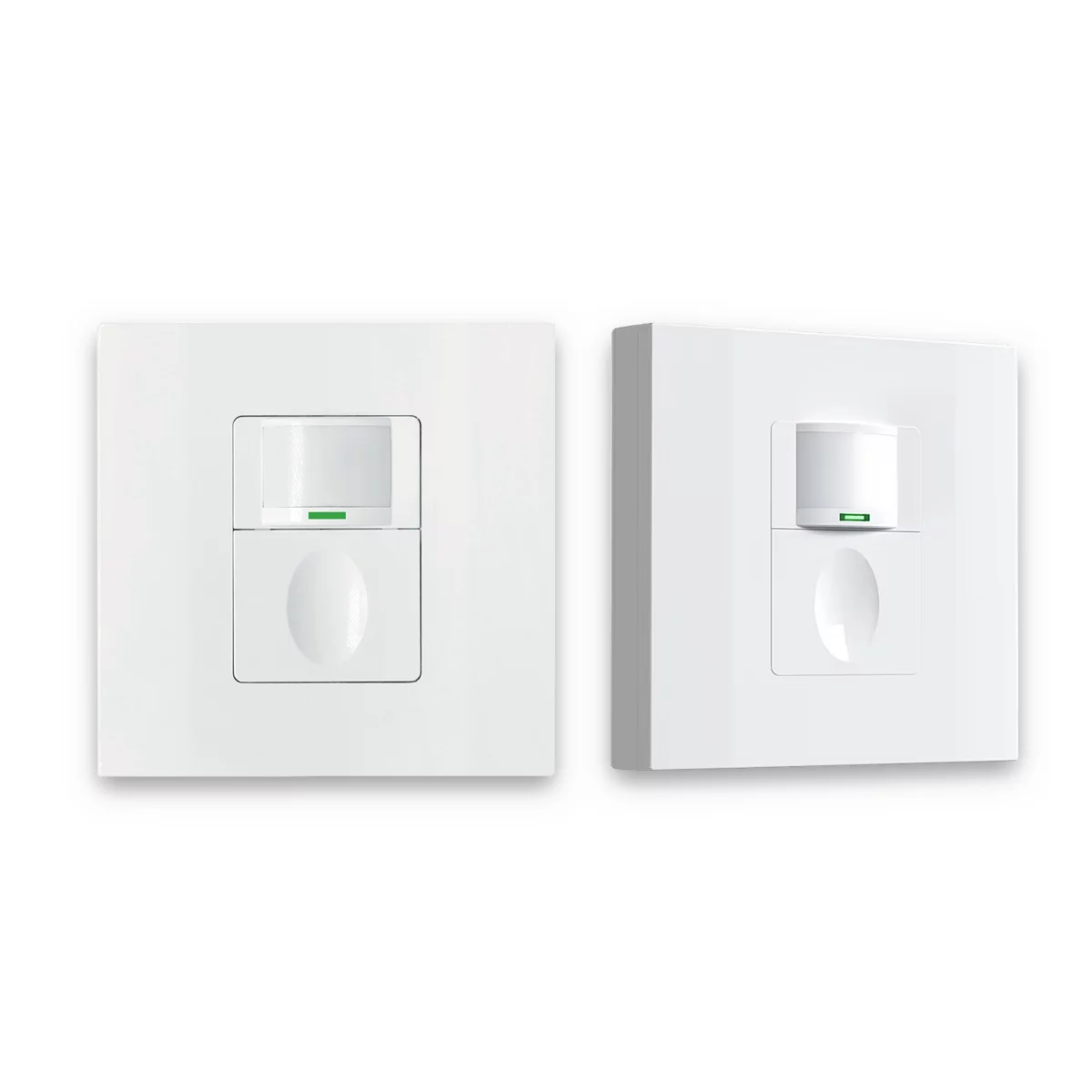
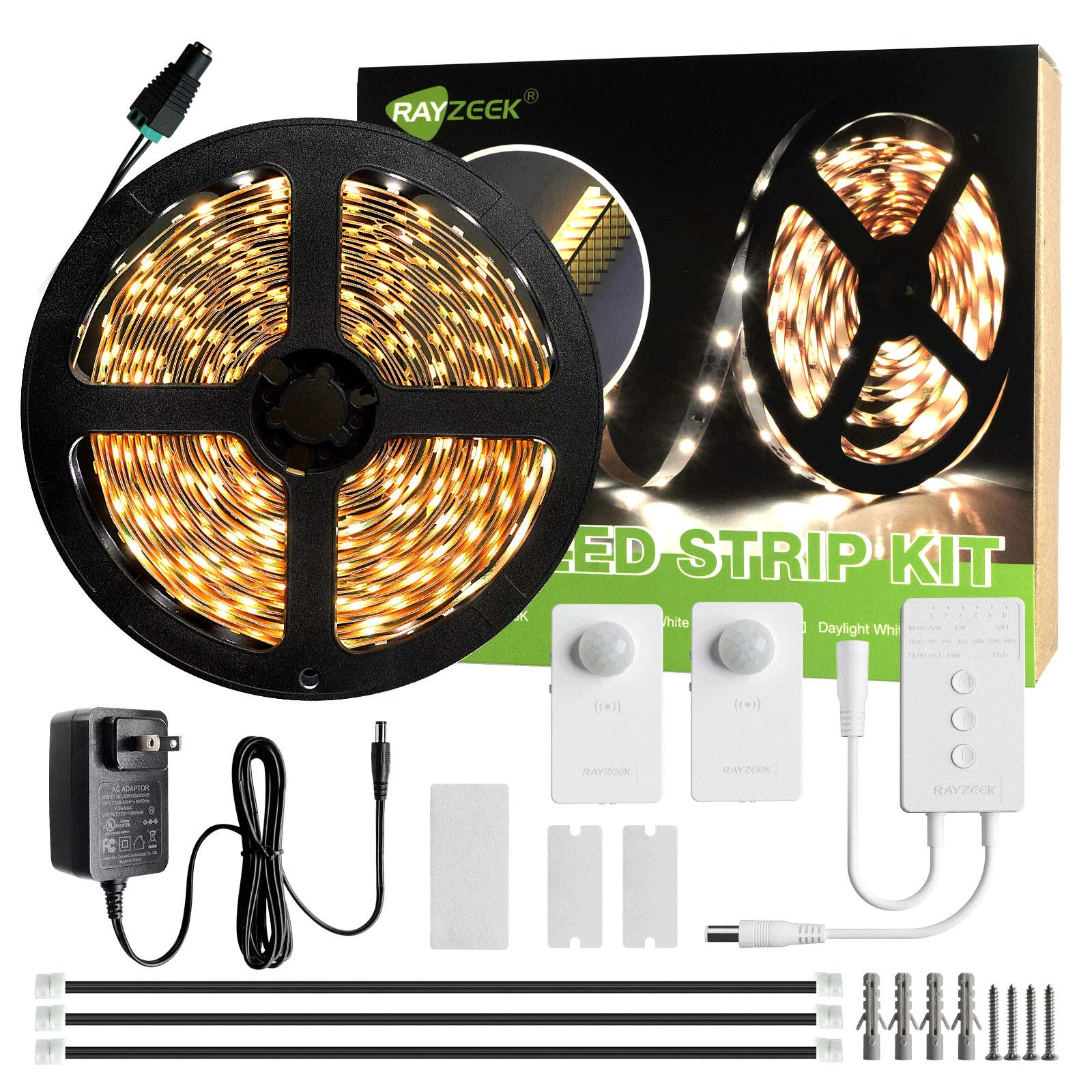
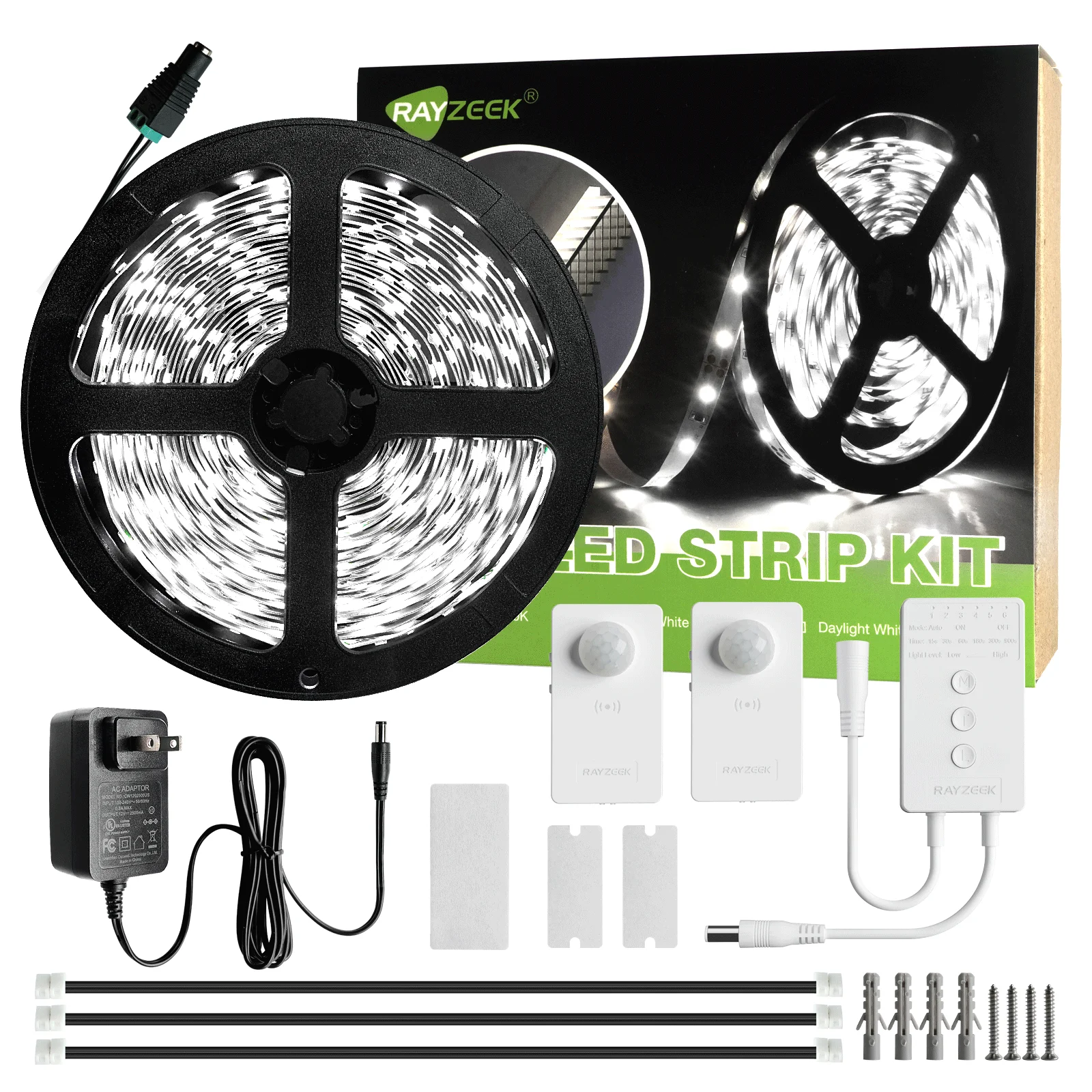
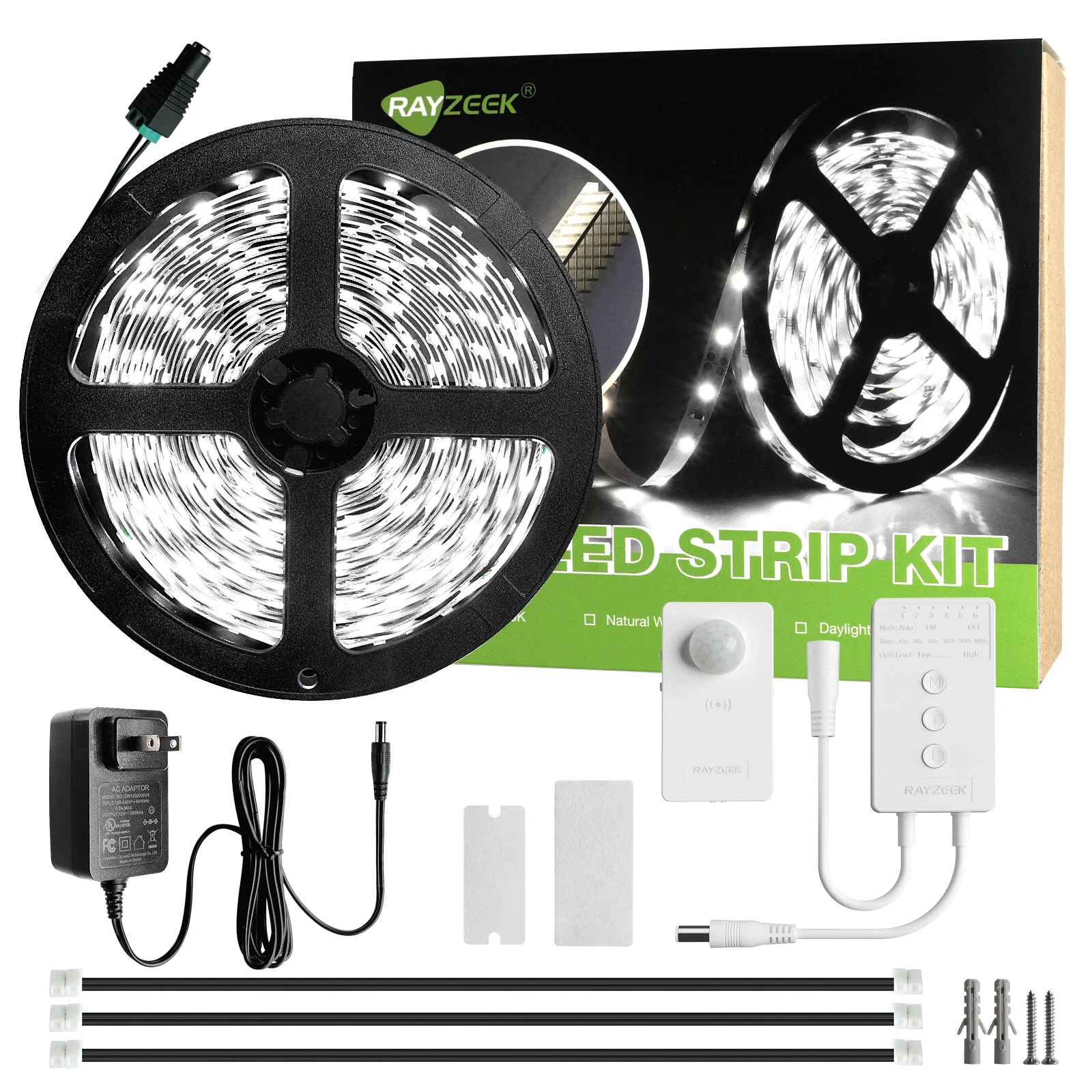
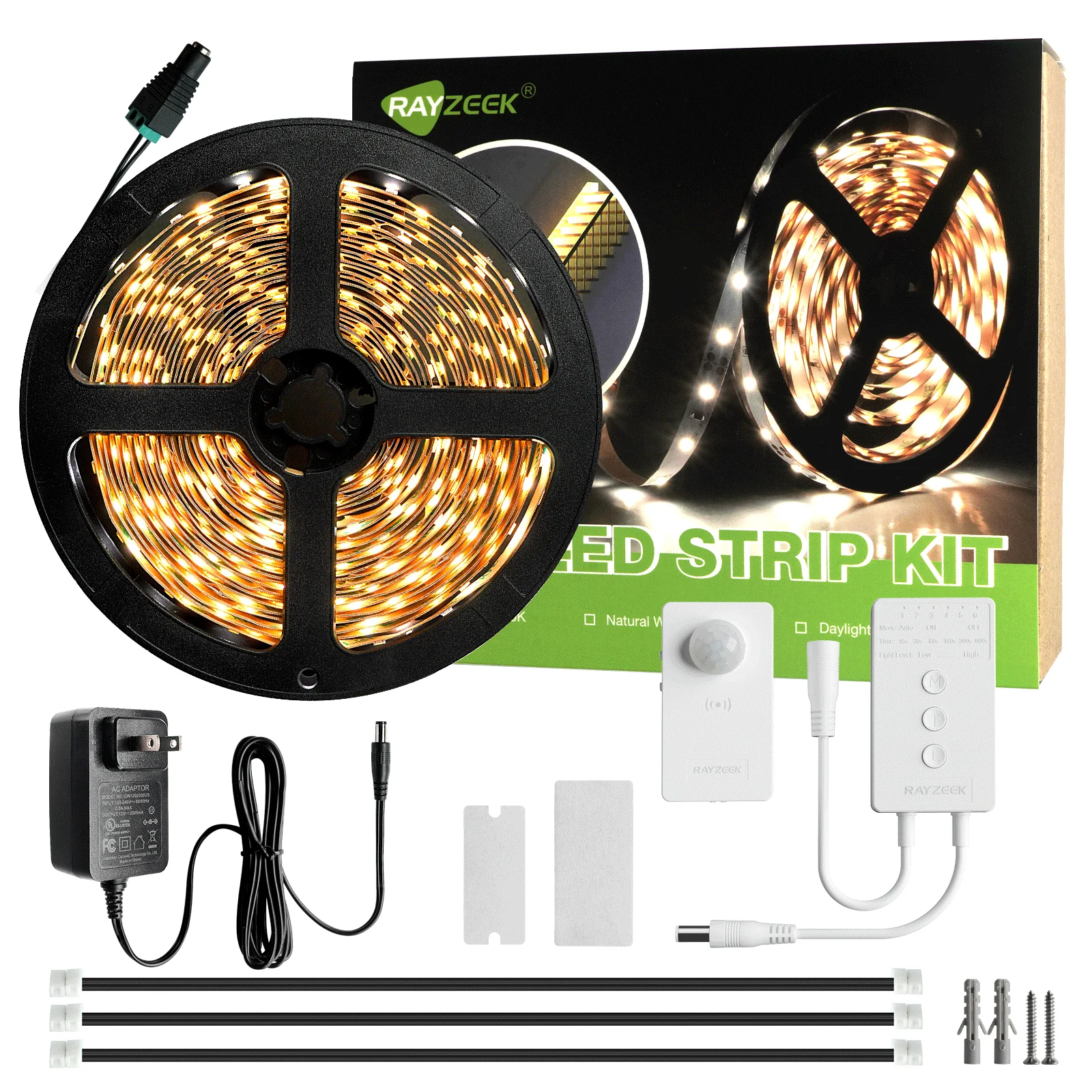
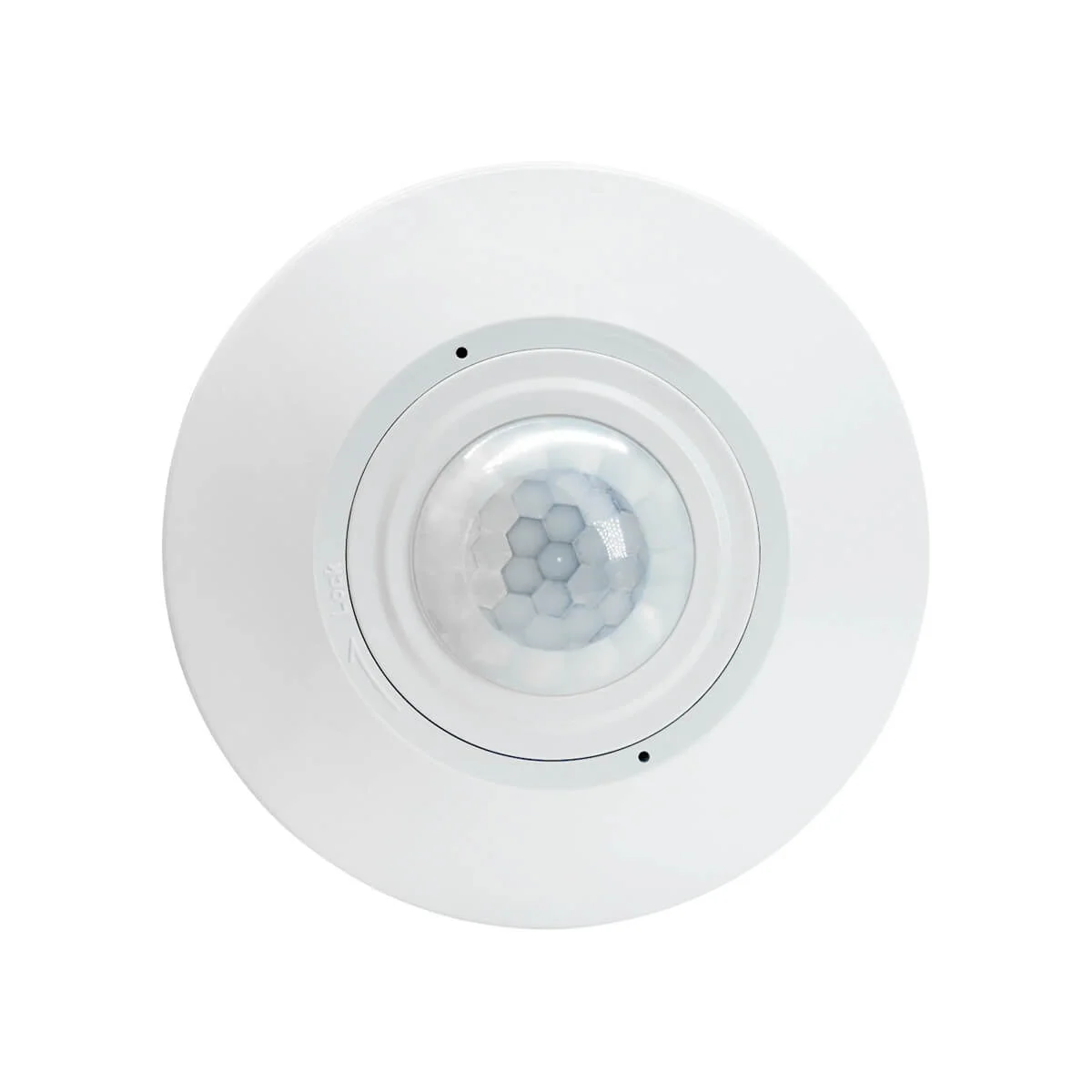
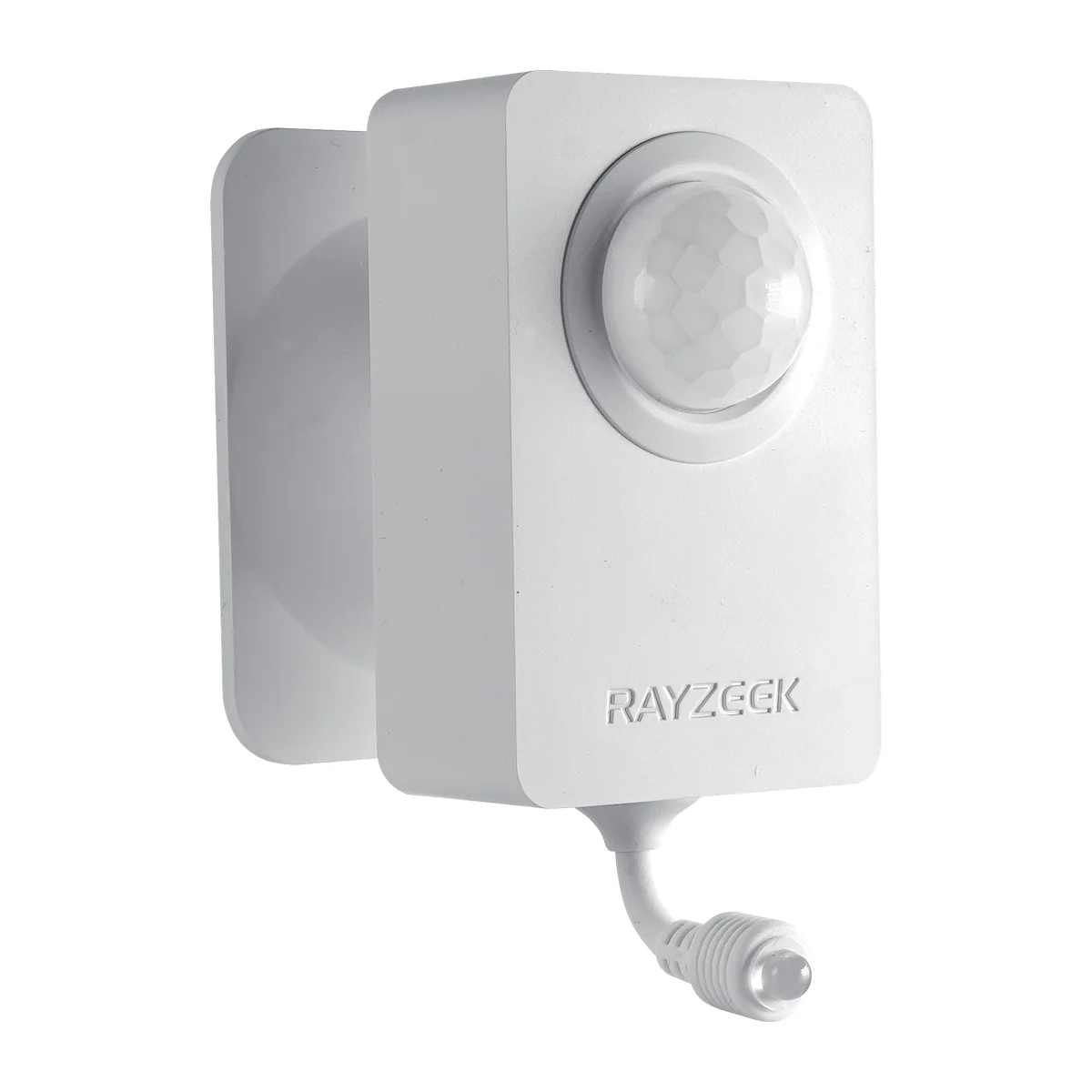
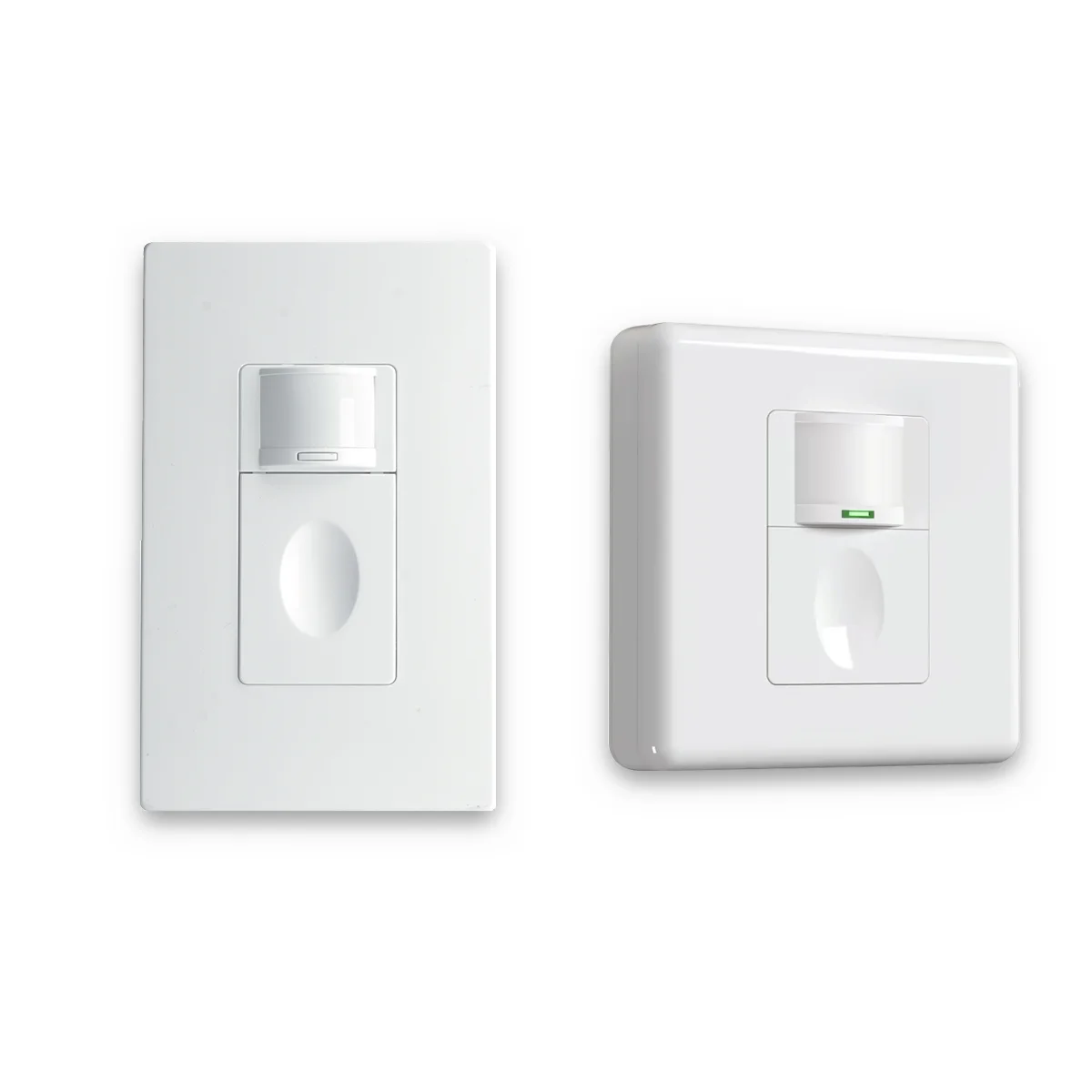
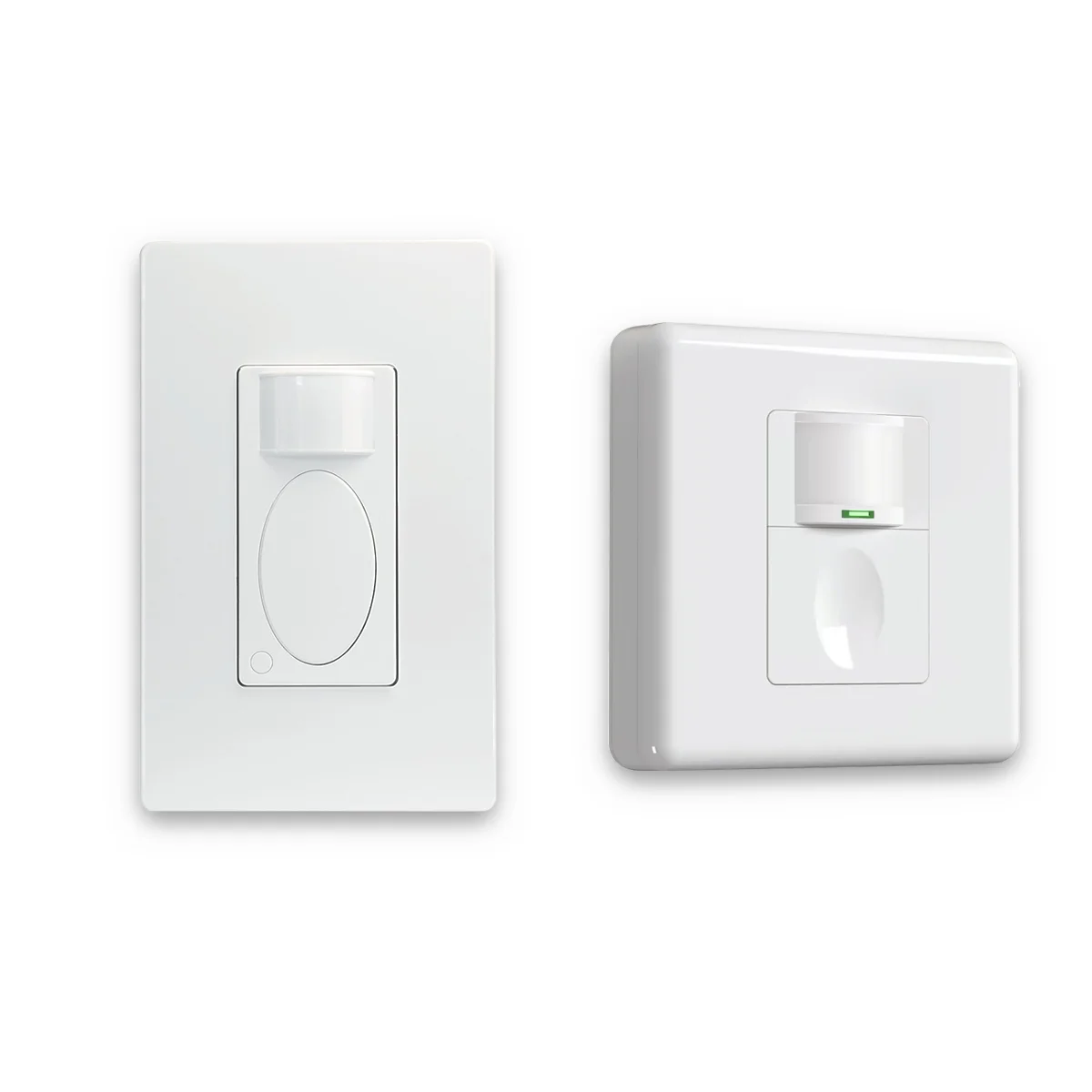
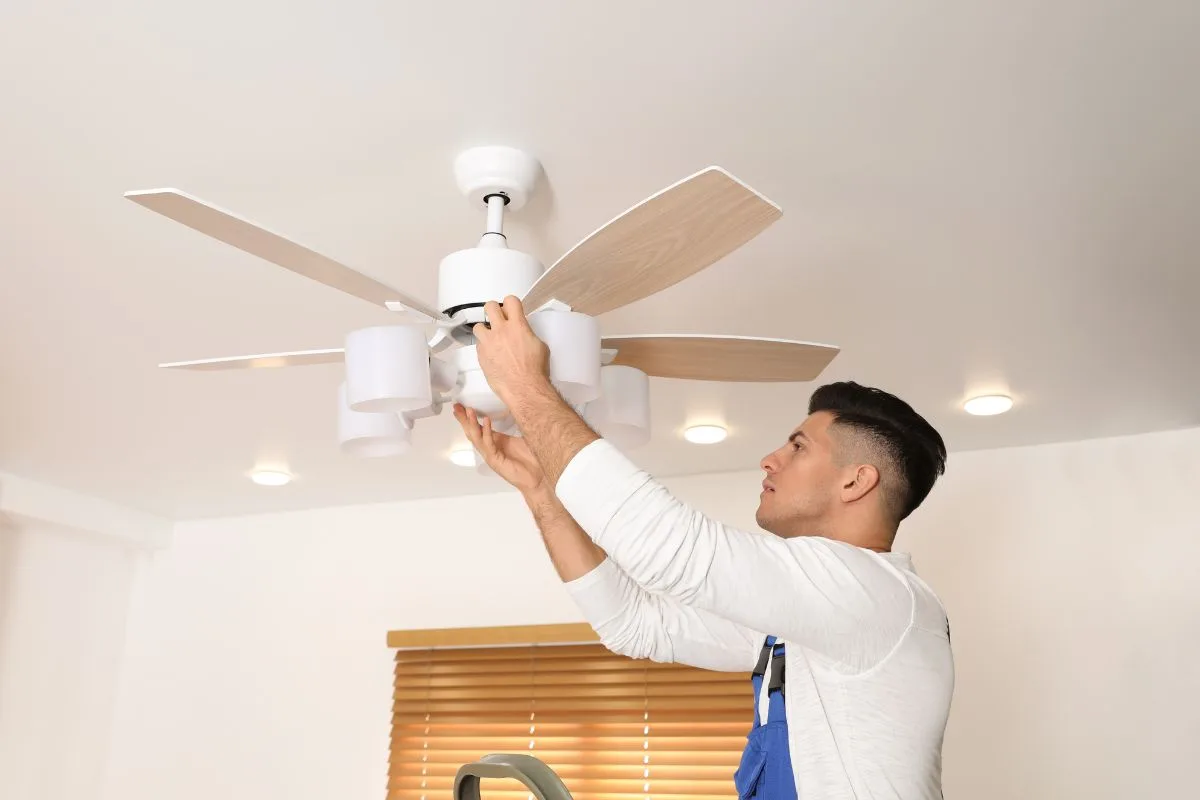

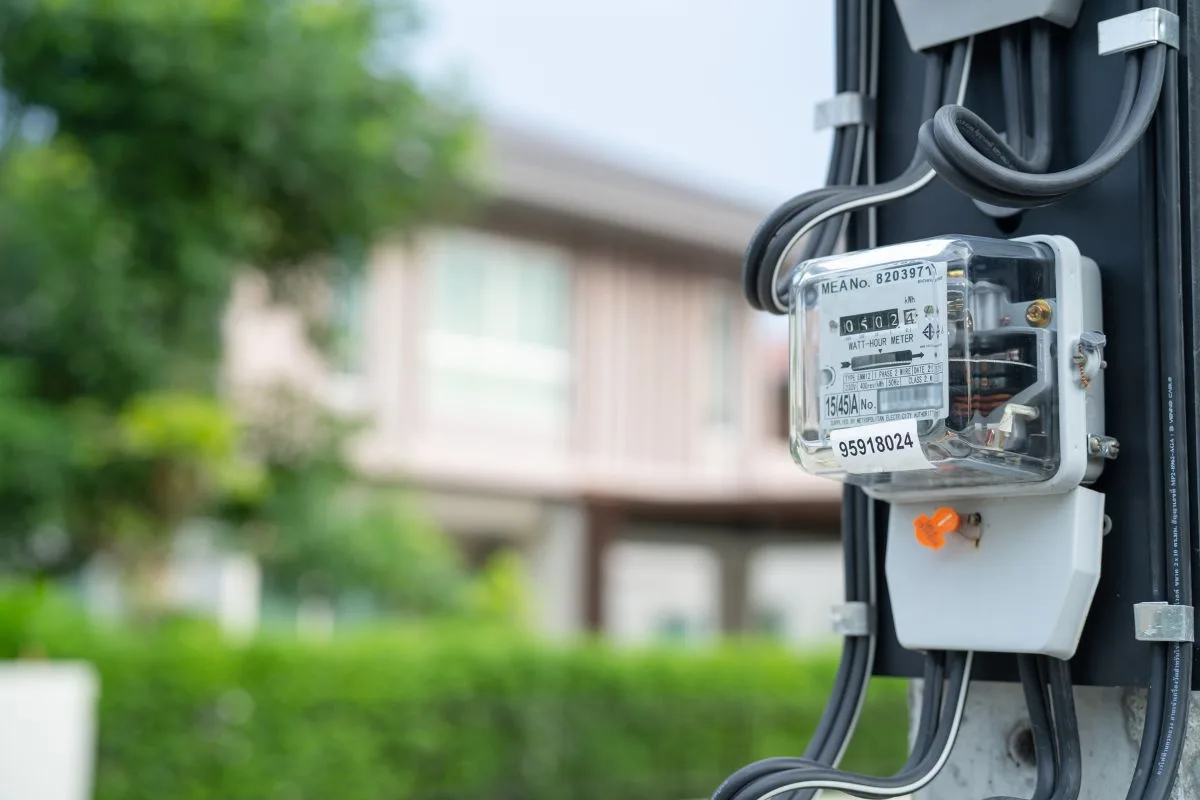




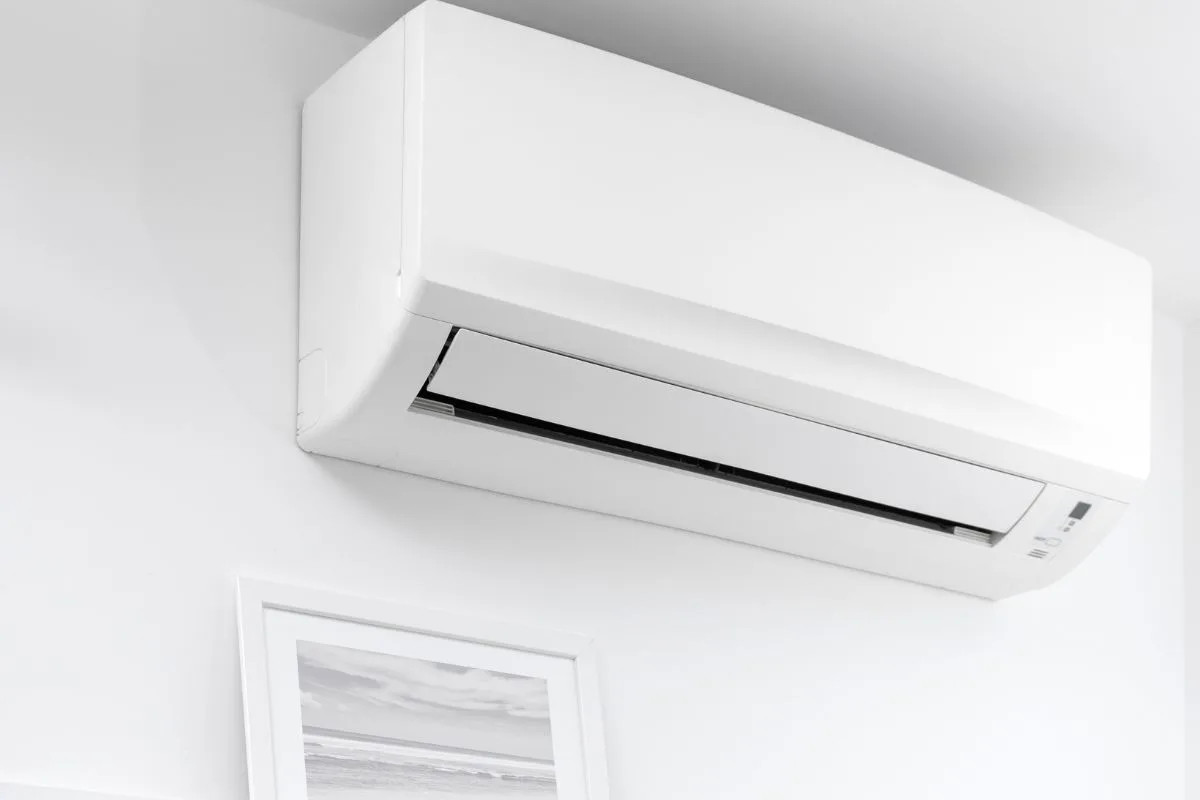
אני מעוניין בכיבוי והדלקה תאורה במבנה עם מספר גני ילדים , האם דרוש חיישני תנועה או תפוסה ? האם שילוב ? האם אפשר להגדיר שכל זמן שיש תנועה או תפוסה באזור מסוים האור ישאר דלוק